Blue light therapy isn’t about glowing masks or Instagram buzz, it’s clinical technology. And it only works if the numbers are dialed in. That means 415 nanometers of wavelength delivered evenly across the skin. Anything less and you’re wasting time. Most consumer devices miss the mark, not because light therapy doesn’t work, but because their specs don’t.
Here’s what clinically-effective blue light therapy can do:
-
Kill acne-causing bacteria like C. acnes without antibiotics
-
Reduce redness and inflammation by calming cytokines like IL-1β
-
Prevent cold sore outbreaks by disrupting HSV-1 replication
-
Support oral health by destroying harmful mouth bacteria
-
Regulate oil production, without drying or irritating the skin
-
Improve gum clarity and reduce bleeding from brushing
-
Enhance morning alertness by syncing your circadian rhythm
If your device doesn’t hit the right wavelength or energy output, you’re not getting any of these benefits. That’s the difference between a therapeutic tool, and an expensive nightlight.
Acne, Bacteria, and Breakouts: Why Blue Light Hits the Root
P. acnes bacteria naturally produce porphyrins. When 415nm blue light hits those porphyrins, it triggers a photochemical reaction that produces singlet oxygen, a reactive molecule that ruptures bacterial membranes.
Blue light kills acne-causing bacteria without the side effects of antibiotics or harsh topicals.
This process targets the bacteria that sit in the pores, just beneath the skin's surface. Precise wavelength is vital here. Too short, and you miss the porphyrins entirely. Too long, and the light doesn't stay in the epidermis long enough to do its job.
Self-Treatment That Matches Clinical Outcomes
In a clinical study, participants using a blue LED device once daily for eight weeks saw significant improvements in acne across multiple metrics, with results visible in as little as 7 days.
Key outcomes from the study included:
-
22.8% reduction in total lesions by Day 7
-
50% reduction in blackheads by Day 28
Beyond Breakouts: Five Overlooked Uses
Cold Sore Flares and HSV-1
Blue light assists with clogged pores and also shows promise in stopping herpes simplex virus (HSV-1) before it erupts into a full-blown cold sore. Research indicates that blue light can disrupt the virus’s ability to replicate when used early in the infection cycle.
For people who’ve been burned by endless tubes of antiviral creams, the appeal is evident: less pain, fewer outbreaks, and no drug side effects. For parents treating pediatric flare-ups, blue light offers a hands-free, non-invasive option that feels safer, and often is.
Oral Health and Gum Clarity
Most marketing overlooks the mouth, but blue light performs well here too. In dental settings, it destroys pathogens like P. gingivalis and F. nucleatum in their free-floating state. That means fewer flare-ups, better breath, and less bleeding during brushing. That said, blue light is an ally for oral hea;th, but not a replacement for floss.
Sebum Regulation Without Harsh Drying
Topical acne treatments often come with the tradeoff of tight, flaky skin. Blue light does not work that way. It regulates oil production at the source without irritating the skin barrier. That’s a major relief for users who are fed up with benzoyl peroxide burns or acid overuse. Because blue light is non-thermal, it won’t cause rebound oil production, a typical issue with treatments that dry the skin too aggressively.
Redness Reduction for Inflamed Skin
While blue light is widely known for its ability to target acne-causing bacteria, emerging research shows it also plays a meaningful role in reducing inflammation, especially in skin prone to reactive flare-ups.
In studies exploring wound healing and acne, blue LED exposure has been shown to:
-
Modulate reactive oxygen species (ROS) in a dose-dependent manner
-
Stimulate mitochondrial enzymes like cytochrome C oxidase to support energy production and cell repair
Morning Mood + Sleep Rhythms
Blue light regulates the body’s internal clock through photoreceptors in the eye. By syncing circadian rhythm and boosting early-day serotonin output, it can lift energy and sharpen focus.
Some users rely on it in the morning to kickstart alertness, especially during winter or post-travel fatigue. While blue light at night disrupts melatonin, targeted morning use can do the exact opposite, reset your rhythm so you sleep better later.
Device Design Determines Outcomes
Specifications are truthful, gimmicks are not.
LED Spacing = Coverage
If your device's LEDs are too far apart, you’ll get untreated skin patches between beams. This is a very frequent reason users don’t see outcomes, even when the light seems bright.
Lumara devices use 6mm LED spacing to guarantee full coverage. This is a clinical detail. If your finger fits between two LEDs and doesn’t light up, your skin won’t either. Energy delivery depends on overlap. No overlap means no dose.
5 J/cm² in 5 Minutes, Otherwise, It’s a Toy
Let’s not sugarcoat it: most consumer light therapy devices don’t list their energy output because it’s embarrassingly low. If your panel can’t deliver 5 Joules per square centimeter in under five minutes, it will probably do nothing beyond placebo.
This explains why so many users report nothing happening even after weeks of use, it’s not them. It’s the device. Lumara devices are engineered around this benchmark. This is the baseline, not a stretch goal.
Avoid the Buzzwords: “Dual Wavelength” and “Rainbow Therapy”
Some brands put every color into one panel, hoping you’ll think “more colors = better outcomes.” This just waters down the energy per wavelength.
Dual-mode devices often split power across red and blue channels, leaving neither with enough intensity to reach therapeutic thresholds. It’s a shortcut in disguise. Blue light works best solo, at 415nm, without being compromised by a rainbow of underpowered LEDs.
Built Right or Built Cheap, There’s No Middle Ground
High-quality light therapy looks beyond how pretty the shell appears. It accounts for beam shape, energy distribution, and optical engineering.
Hot spots, beam scatter, and “dead zones” happen when corners are cut. Devices that deliver uniform energy across the treatment zone produce consistent outcomes, and consistent satisfaction. The rest produce frustration and returns.
For those wondering, “Why does my forehead clear up but my cheeks stay the same?”, this is often the culprit. It’s not your skin. It’s your spacing.
Answers to Frequently Asked Questions
What buyers and users want to know, clearly answered.
Is Blue Light Safe for Teens or Sensitive Skin?
Yes, when the specifications are right, blue light is safe for teens and for most sensitive skin types. It doesn’t use heat or UV, so there’s no thermal damage or DNA disruption. One worry that often surfaces is: “Can I overdo it?”
The answer depends on the energy dose. With Lumara’s 5 J/cm² dosing in five-minute sessions, there’s no risk of overexposure. Devices that lack transparency, or push excessive use without explaining output, raise red flags.
Can You Combine With Retinoids or Acids?
Yes, but not at the same time. Use blue light therapy on clean, dry skin, then wait before applying active skincare products like tretinoin or glycolic acid.
This spacing helps avoid sensitivity flare-ups, a frequent concern among users who mix too many actives at once. Consider light therapy as step one in your routine, not a layer to apply on top.
Will Blue Light Make Fungal Acne Worse?
No, it won't worsen fungal acne, but it also won't help. Blue light targets bacteria, not fungi. For users dealing with malassezia or “fungal acne,” the solution lies elsewhere (antifungals, for example). Still, blue light won’t exacerbate it, so you can safely use it on areas prone to both types of breakouts.
Does Missing a Few Days Undo Everything?
No. Progress might plateau, but it doesn’t reset. Many users ask: “Did I just waste all that effort?” The answer is no. Resume your sessions, and you’ll pick up where you left off. Consistency creates the best outcomes, but your skin doesn’t forget a good protocol overnight.
When It Works, and When to Use Something Else
Great Fit: Oily Skin, Breakouts, Congested Pores
Blue light works most effectively for oily, acne-prone, or congestion-prone skin types. This includes hormonal jawline acne and clogged T-zones.
Users in these categories tend to report fast improvement, especially when inflammation is visible but shallow. Consider it a top-down fix for surface-level problems.
Skip It If: You’re Pigmentation-Prone or Ultra-Dry
If your skin reacts to everything, leans dry, or deals with hyperpigmentation, blue light might not be your best first move. Some users have reported increased dryness when blue light is used too frequently on compromised barriers.
This is not the light’s fault; it’s a mismatch between treatment and skin type. Green light works better for pigmentation. Red light usually leads the way for dryness and barrier repair.
Blue Light Belongs in Your Routine, If the Specs Are Real
Do not chase outcomes. Build them.
Track Your Skin Like a Lab
Good data is better than good guesses. Keep a simple log, what you treated, when, and any changes you notice. Track breakout frequency, lesion size, oil production, or skin sensitivity.
You’ll be surprised at what five minutes of light can do when you treat it like a routine, not a random habit.
Users who do this report more predictable progress. They know what’s working, what’s not, and when to adjust.
This also helps to know when to back off. Light therapy should not feel like a mystery. When it’s working, it’s obvious. When it’s not, it’s usually a spacing, timing, or dose issue.
Why Illuminate Blue Gets This Right
Most blue light devices make vague promises. Illuminate Blue doesn’t. It was built around the numbers that actually matter, nothing more, nothing less.
Here’s why it works when others don’t:
-
Clinically Dialed Wavelength: Targets the optimal 415nm range, proven to trigger porphyrin activation in acne-causing bacteria. If the wavelength is off, the light misses its mark entirely.
-
True Therapeutic Energy: Delivers 5 Joules per square centimeter (J/cm²) in just 5 minutes. That’s the clinical dose used in research-backed trials, not a watered-down placebo level.
-
6mm LED Spacing: Guarantees complete, uniform coverage across the face. No “leopard spots,” no missed zones, no wasted sessions. If your finger fits between two LEDs and doesn’t light up, your skin won’t either.
-
Designed for Acne, Not Ambience: This isn’t a mood lamp or a multi-color gimmick. Illuminate Blue was purpose-built to reduce breakouts, not “uplift” your vibe.
-
Zero Gimmicks: No dual-mode power-splitting. No rainbow panels pretending to be therapeutic. Just precise blue light at a powerful dose, consistently delivered.
In other words, it’s engineered, not marketed.
Illuminate Blue is the tool you reach for when you're done guessing, done hoping, and ready for real results. When the wavelength is correct, the energy is potent, and the coverage is complete, the results aren’t subtle, they’re unmistakable.
Ready to stop experimenting, and start clearing your skin with science?
🩵 Explore Illuminate Blue and see what clinical-grade therapy really feels like.
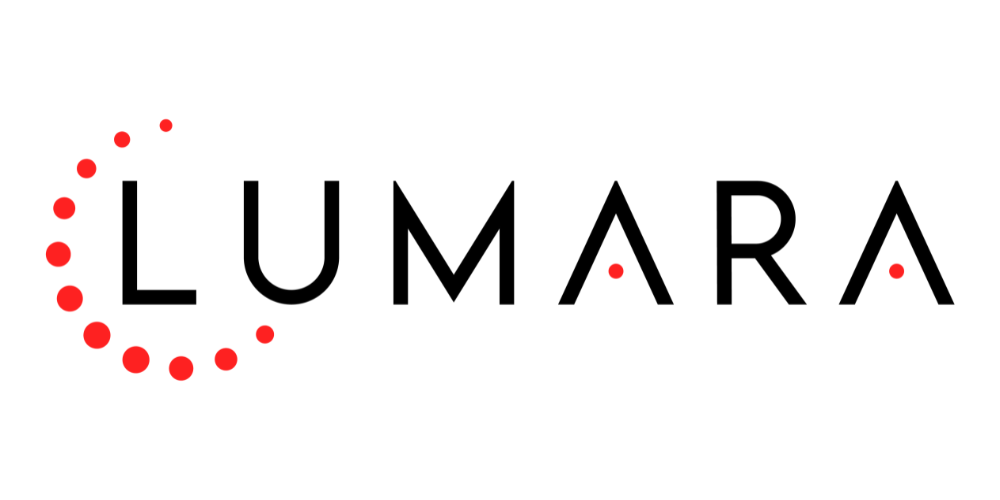
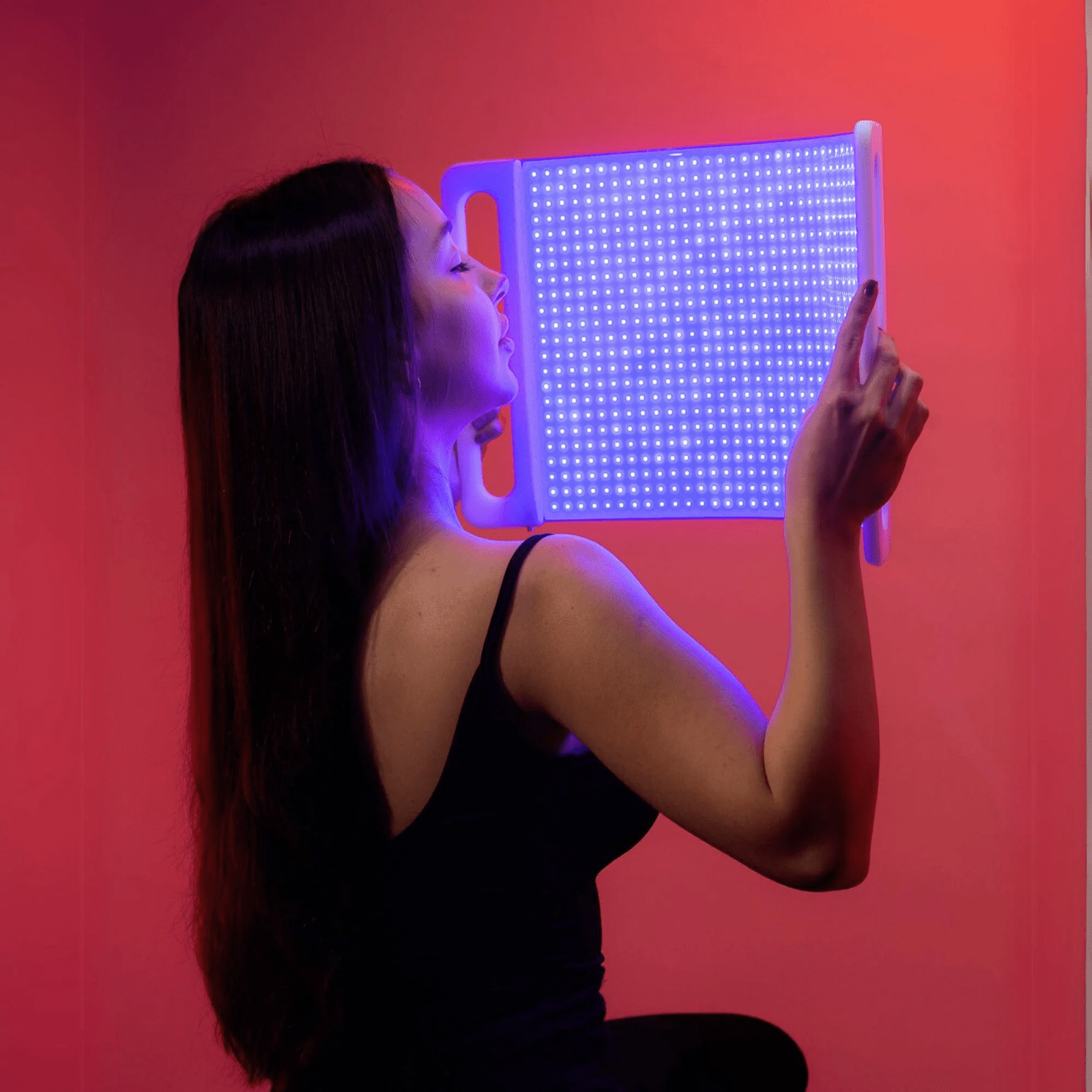
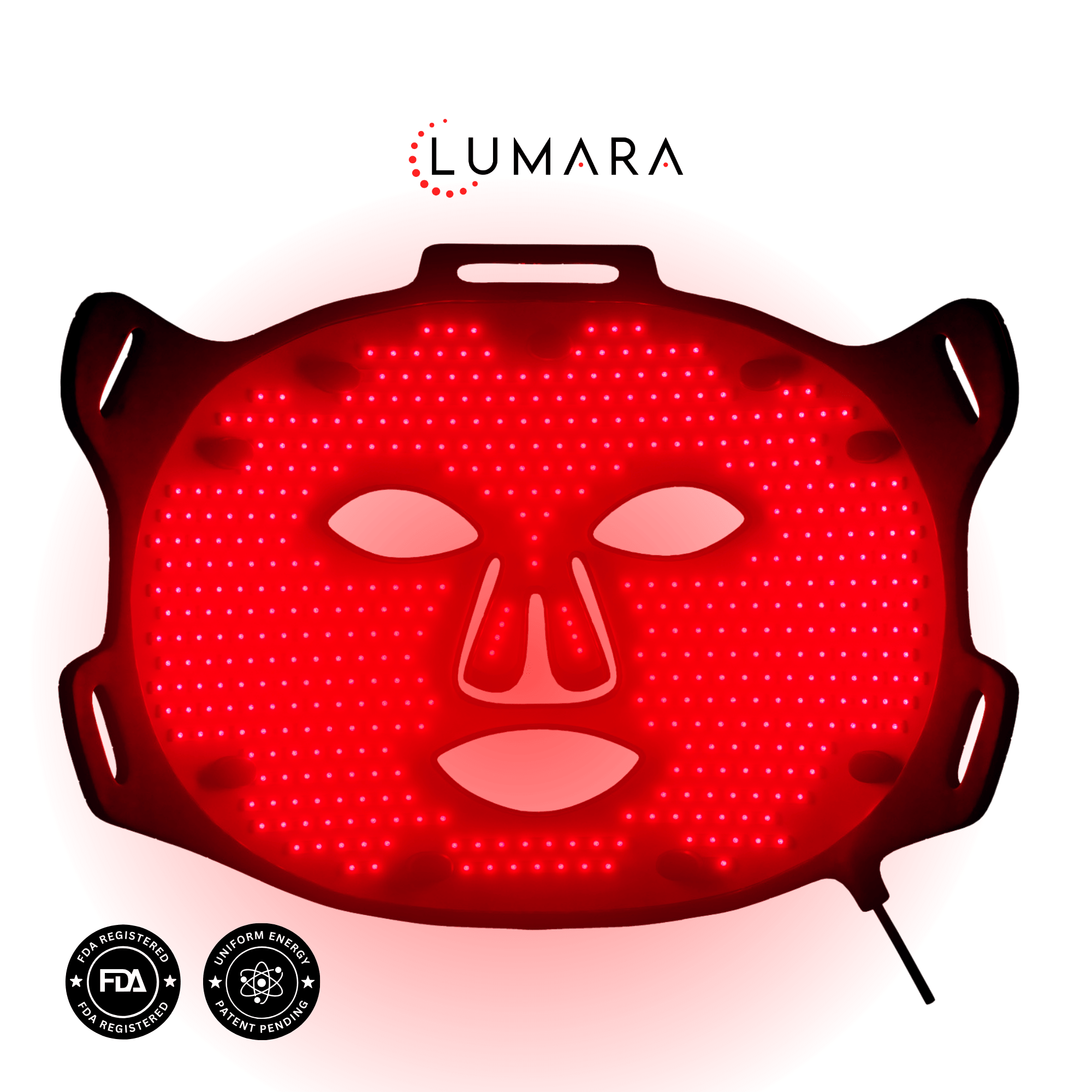

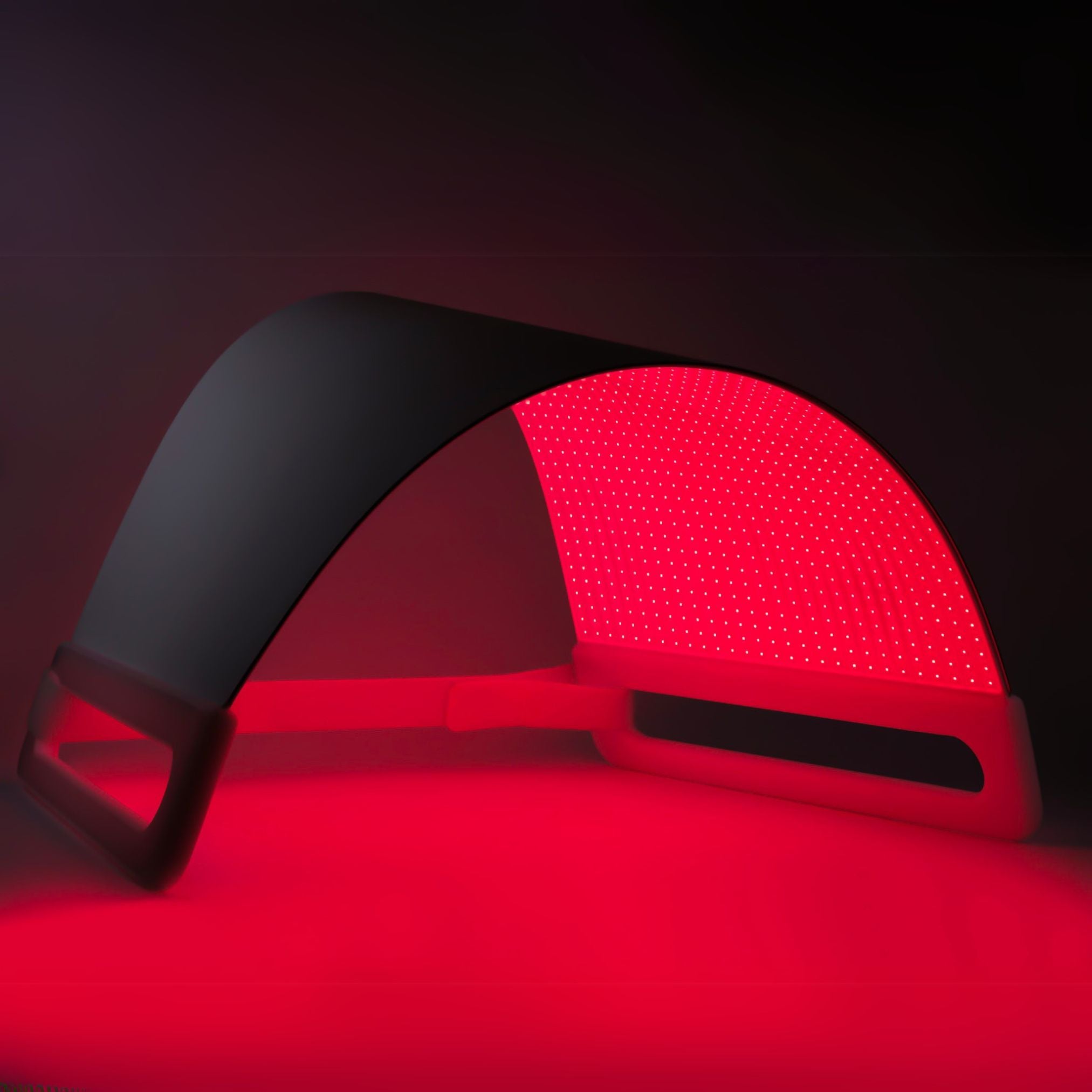
Share:
What Light Therapy Is Best for Acne?
Does Light Therapy Work for Skin? Science & Devices